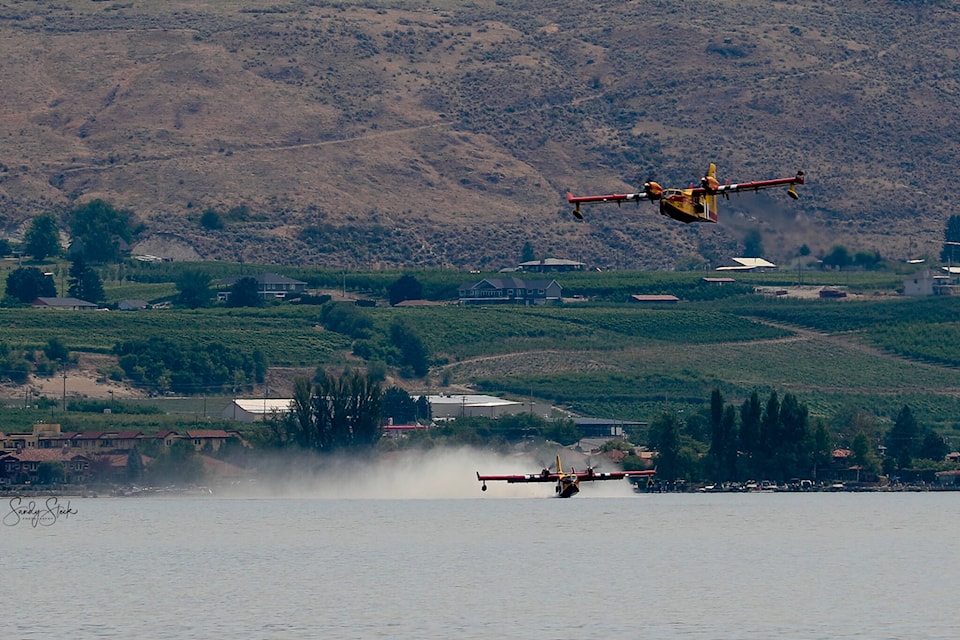The water levels of Osoyoos Lake are being kept higher than usual for this time of year due to expected lower spring melt.
The International Osoyoos Lake Board of Control announced on April 15, that the managers of Osoyoos Lake and Okanagan Lake are keeping levels higher than usual.
Osoyoos Lake alone is at the historical maximum for this time of year at 277.92 metres elevation, according to the IOLBC, based on records going back to 1987.
Snow levels across B.C. are lower than usual, with snowpack levels at two Summerland sensors at 71 per cent and 81 per cent of the historical average.
The snow pillow station at Blackwell Peak in Manning Park has experienced near historical recorded lows for snow water measurement since mid-November, with the snow water equivalent near the historical recorded minimum for April 9.
According to the IOLBC, the flow forecast for the Similkameen River at Nighthawk and the forecasted net inflow of Okanagan Lake for April-July are both expected to be at levels low enough for a drought declaration.
The required flow for the Similkameen River is 1,230,000 megaliters under the International Joint Commission Order of Approval, and the forecast has it at 812,000 megaliters for April-July.
Due to the low snowpack, the lake managers have decided to counteract the potential impacts of a low runoff year by holding more water than usual in the lakes.
No official drought declaration has been made yet. Once one is in place, it would allow the IOLBC to use Zosel Dam to limit the output of Osoyoos Lake to potentially raise water levels above normal limits up to 278 meters elevation.




